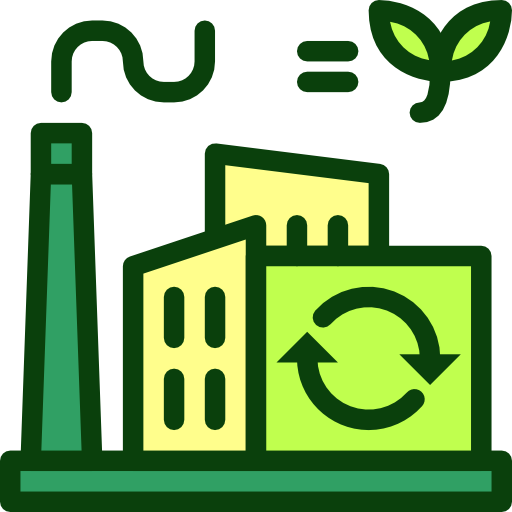United States - Environment

As far as the environment of United States is concerned, there have been . As for nvironment - international agreements, we have; .
About the environment of United States
| Climate | We have mostly temperate, but tropical in Hawaii and Florida, arctic in Alaska, semiarid in the great plains west of the Mississippi River, and arid in the Great Basin of the southwest; low winter temperatures in the northwest are ameliorated occasionally in January and February by warm chinook winds from the eastern slopes of the Rocky Mountains |
|---|---|
| Revenue from forest resources | |
| Revenue from coal | |
| Waste and recycling | Municipal solid waste generated annually: 258 million tons (2015 est.) |
| Total renewable water resources | 3.07 trillion cubic meters (2020 est.) |
| Major rivers (by length in km) | |
| Total water withdrawal | |
| Municipal | 58.39 billion cubic meters (2020 est.) |
| Industrial | 209.7 billion cubic meters (2020 est.) |
| Agricultural | 176.2 billion cubic meters (2020 est.) |
| Air pollutants | |
| Particulate matter emissions | 7.18 micrograms per cubic meter (2019 est.) |
| Carbon dioxide emissions | 5,006.3 megatons (2016 est.) |
| Methane emissions | 685.74 megatons (2020 est.) |
| Land Use | |
| Agricultural land | 45.1% (2022 est.) |
| Agricultural land: arable land | arable land: 16.6% (2022 est.) |
| Agricultural land: permanent crops | permanent crops: 0.3% (2022 est.) |
| Agricultural land: permanent pasture | permanent pasture: 28.2% (2022 est.) |
| Forest | 33.9% (2022 est.) |
| Other | 21% (2022 est.) |
| Urbanization | |
| Urban population | 83.3% of total population (2023) |
| Rate of urbanization | 0.96% annual rate of change (2020-25 est.) |
| Major urban areas (Pop) | 18.937 million New York-Newark, 12.534 million Los Angeles-Long Beach-Santa Ana, 8.937 million Chicago, 6.707 million Houston, 6.574 million Dallas-Fort Worth, 5.490 million WASHINGTON, D.C. (capital) (2023). |
All Important Facts about United States
Want to know more about United States? Check all different factbooks for United States below.
-
 United States Factbook
United States Factbook
-
 The Economy of United States
The Economy of United States
-
 Learn about the Government of United States
Learn about the Government of United States
-
 Communication in United States
Communication in United States
-
 Popular Universities in United States
Popular Universities in United States
-
 Enerny in United States
Enerny in United States
-
 Transport in United States
Transport in United States
-
 The Geography and society of United States
The Geography and society of United States
-
 The Environment of United States
The Environment of United States
-
 Military and security in United States
Military and security in United States